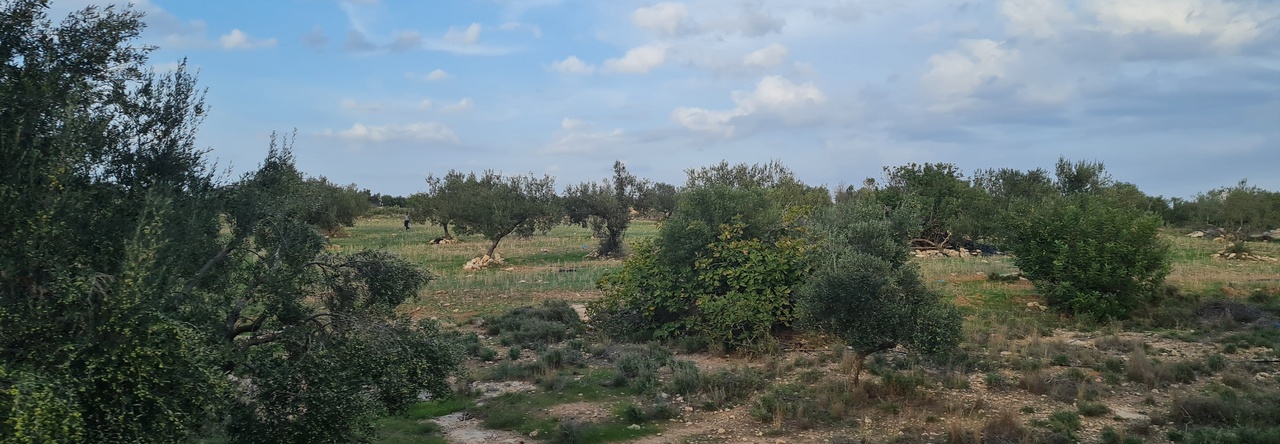
Een paar dagen geleden schreef ik over de mogelijkheid dat een tekst was ontdekt waarin Wiluša (ofwel Wilios, ofwel Ilios, ofwel Troje) zou zijn genoemd. Ik was niet de enige scepticus. Eric Cline, wiens boeken weleens zijn besproken (1, 2, 3) plaatste op Facebook ook wat vraagtekens, die ik hier met u deel.
While on an airplane home from a conference last night, I had come up with a list of my own questions … about this inscription and its recent biographical history, to whit:
- How did Woudhuizen gain access to Mellaart’s notes about the inscription?
- What proof do we have that the other scholars mentioned, including Goetze and Barnett, actually formed part of the original team that worked on, but never published, the inscription? Did any of them, besides Mellaart, leave notes about having worked on it?
- Why has no part of the inscription been located, if we know that it was used to build a mosque in the area where Perrot first saw it and copied the inscription?
- What proof do we have that the inscription is real, rather than a forgery?
- If knowledge of this undeciphered 30m-long inscription has been floating around since 1878, why isn’t it better known and discussed by other scholars, even in passing?
- How do we know that Mellaart didn’t simply imagine this, much as may have happened with the Dorak treasure which dogged his later career? Note that Mellaart’s notes say that the original team began work on the inscription in 1956, which is very close to the time that Mellaart “saw”the Dorak Treasure, in 1959.
- Do we have any proof that Perrot actually made the original copy and that Alkım then made a secondary copy, from which Mellaart’s was then copied? Where did Alkım find Perrot’s original and what subsequently happened to it? Why didn’t Perrot publish it? And where is Alkim’s copy?
and, last but not least:
- According to the LiveScience article, the proposed translation by Woudhuizen says that King Mashuittas of Mira took control of Wilusa/Troy after its king, Walmu, was overthrown, and then restored him to the throne, albeit temporarily. However, we already know from the Hittite text known as the Milawata Letter that Tudhaliya IV claims to want to restore Walmu to the throne of Wilusa/Troy after he was overthrown, sometime between 1237 and 1209 BC. How do Woudhuizen and Zangger account for this discrepancy? They cannot both have restored Walmu to the throne… Or, since the recipient of the Milawata Letter is unknown/unnamed but is assumed to be a king somewhere in western Anatolia, does Woudhuizen assume that the letter was being sent to the king of Mira, in order to explain the apparent discrepancy?


Je moet ingelogd zijn om een reactie te plaatsen.